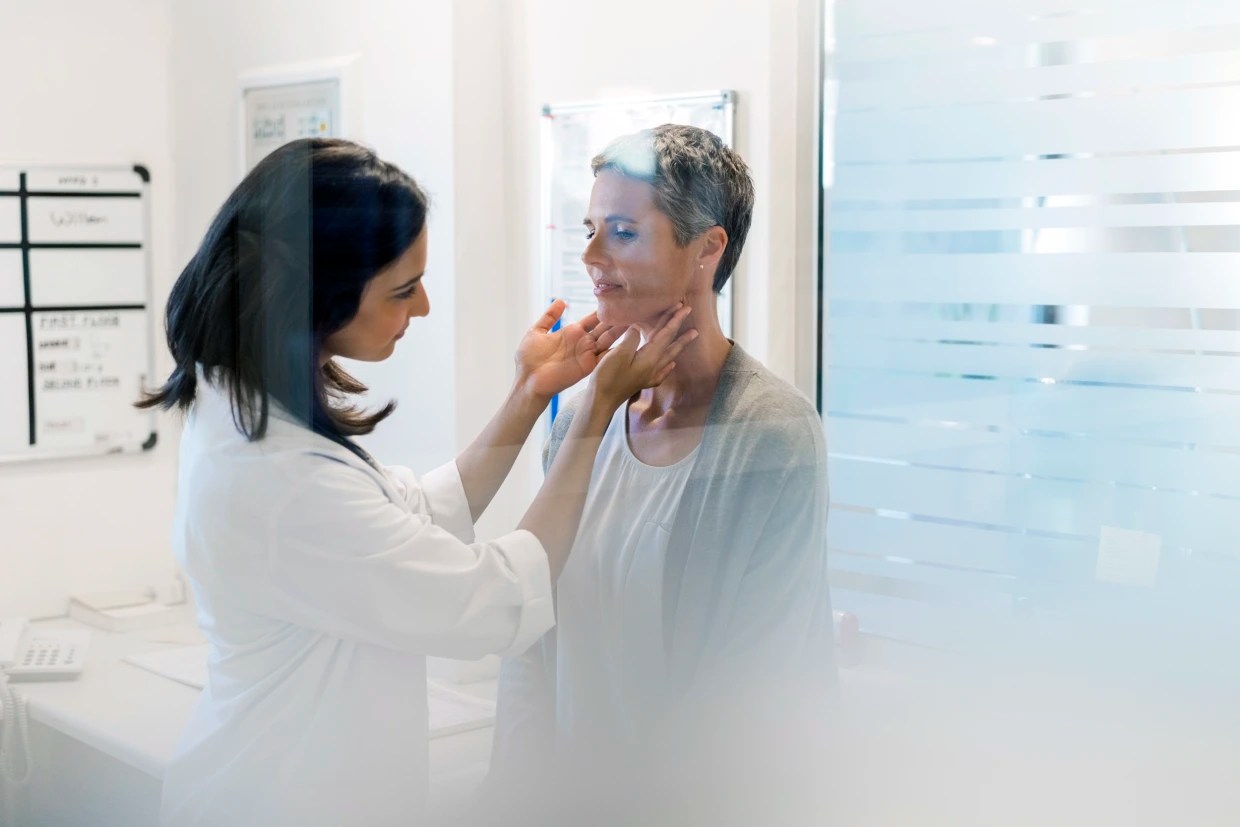It’s a routine that we often take for granted, and we perform it several times a day without a blink of an eye. It’s what we do after mothers say, “Ew, don’t touch that!” or “I don’t know where your hands have been.”
So what exactly is this regimen? The answer’s simple: it’s washing our hands.
In honor of National Hand Washing Week, consider giving thought to your hand washing routine the next time you’re mindlessly standing in front of the sink. Stop looking at yourself in the bathroom mirror and look down at your hands, instead. Turn the warm water on, lather up and get clean.
Hand washing is a routine that’s crucial to avoiding illnesses, including the likes of winter colds and that dreaded flu. Don’t underestimate the power of the simple combination of soap and water, either -- it’s a cheap but effective method that combats the spread of harmful bacteria and viruses.
“Hand washing is indeed the number one form of preventing illness,” said Megan Mateer, LPN.
When should you wash your hands? Clearly, lathering up with soap and water before food handling and eating meals is a necessity. You should also wash your hands before touching your face, including your eyes, nose and mouth. The Mayo Clinic advises that washing up before inserting or removing contact lenses, treating wounds and touching an injured or sick person is a must as well.
Additionally, you should wash your hands after certain times, like after using the bathroom and after being out and about in public places. Just finish up your holiday shopping at Tysons Corner? Experts say to head straight toward the sink, then.
Health
“Hands should be washed after handling foods, touching other people, using the restroom or any time there has been contact with germs,” Mateer said.
Since we’ve established when to soap up, let’s now establish the proper routine for how to wash your hands. After taking a hand washing course as part of her nursing curriculum, Lindsay Lewis advises on the proper methods of washing one’s hands. According to Lewis, wash your hands with warm water and the amount of soap equivalent to a teaspoon. “The water should not be hot and not be cold, so it should be lukewarm,” she said.
Cleaning underneath the fingernails and other areas of the hands are also crucial for a complete clean. “You need to do the back of your hands and in between your fingers,” Lewis said. “We were taught that you should scrub the edges of your fingernails on the palm of your hand, so that soapy water foams up under the nails.”
During one class, Lewis washed her hands with a certain ultraviolet soap and then put her digits underneath a black light, which spotlighted remaining bacteria. “It showed how germs can stay trapped underneath the fingernails,” she said.
In order to adequately rid yourself of grime and bacteria, exactly how long should you wash your hands, then? “You want to scrub vigorously for at least 15 to 20 seconds,” Mateer said. The Mayo Clinic adds that singing "Happy Birthday," twice, is an effective time indicator of a thorough scrubbing session.
Weird, but apparently effective.
After washing your hands, be aware that they can become re-contaminated , especially when coming into direct contact with grimy sink faucets and bathroom door handles. Mateer suggests using paper towels, if available, as a protective barrier against bacteria. “Use a clean towel to turn off the water. Many people forget they turned the water on with dirty hands and then reach out with their clean hands, getting their germs back,” she said.
Parents should also encourage children to take an active role in learning about proper hand washing techniques. Websites like www.henrythehand.com are designed to teach kids about the importance of clean hands and offer classroom materials such as posters and coloring books to teachers. Its cartoon-like spokesperson, Henry the Hand, dishes out tips and even stars in a video or two.



